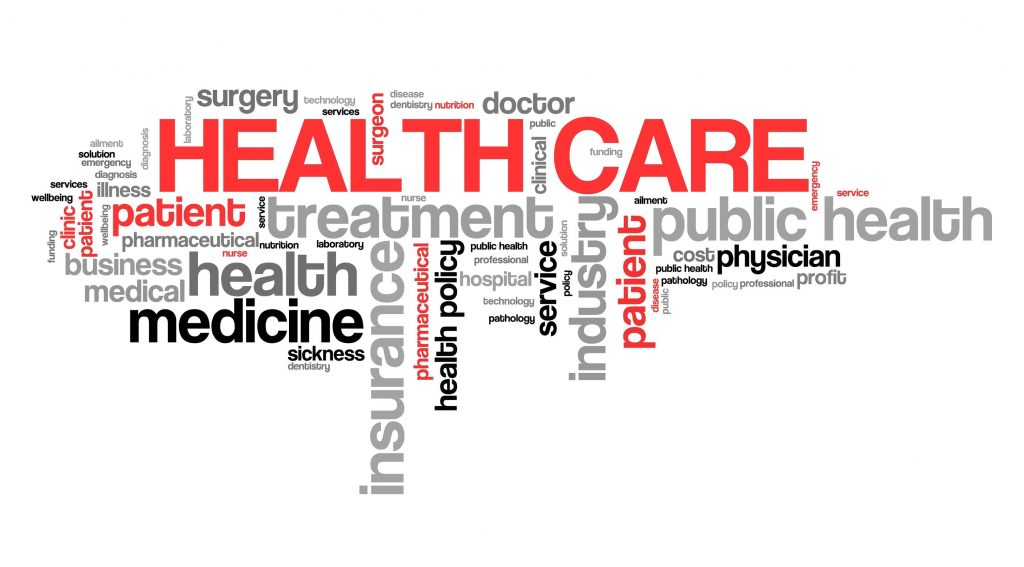|
Health-Care System at SUMS

Health-care system in Iran is governed by Iran’s Ministry of Health, Treatment, and Medical Education. The Ministry is responsible to establish a national-level health policy and supervise its implementation. It also regulates all medical services in Iran which are offered based on three systems including the public-governmental system, the private sector, and NGOs. Health care and public health services are provided through a strong nationwide network offering different levels of health care services, viz., primary health care, secondary health care, and tertiary health care to fulfill the goal of providing the Iranians with a comprehensive health-care system and equitable health care services. The network is designed to ensure an optimal health care delivery system for treatment of any kind of illness or injury and is responsive to the needs of not only the Iranian community but also the patients from across the world especially those from Middle Eastern countries. In 2000, the Country ranked 58 in health care and 93 in health-system performance. Iran's primary health-care system has also been rated "excellent" by UNICEF.
The medical facilities that are ruled based on the public-governmental system carry out their activities and offer services under the direct management of medical universities. The public sector provides primary, secondary, and tertiary health services with a principle focus on primary health care. Public hospitals and clinics are financed by government funding and all services offered by this sector are covered by different health insurances available in Iran; thus, patients receive medical services at the possible lowest prices.
In 1981, moreover, Iran established a unique primary health-care (PHC) system which currently covers 98% of the rural population nationwide and 93% of the urban population. To eliminate health disparities, advance prevention, and strengthen primary care access, an extensive healthcare network offers primary health care in rural and urban areas. Rural healthcare networks include several “Health Houses” and a district health center. Health houses are the periphery and basic units of the Iranian PHC system and the first point of contact between the primary health-care system and the community in rural areas. They are managed by a health center, located in the regulatory district, which is affiliated to the main medical university of each province. These health houses provide preventive health care services such as nutrition, family planning, blood pressure control, medical screening, prenatal care, and immunization. They are also responsible for monitoring environmental conditions such as water quality and environmental pollution. A similar system is providing primary care in urban and suburban areas by health posts and urban health centers of the major cities, which often act as provincial capitals. In pursuit to providing health care on an equitable basis and to ensure better quality health services, the system also follows a well-planned referral care mechanism where family physicians, covering a population of approximately 2000 to 4000 persons in their catchment areas, provide primary health care services and if required refer the patients to the secondary and tertiary health care facilities.
Currently, Iran’s health network system, running by native manpower, has spread to the remotest parts of the country and has been able to bring about immense changes in promotion and maintenance of the community‘s health. It is remarkable that the PHC system is entirely funded by the national government of Iran. Hence, accessible health services, public health coverage, comprehensive health service packages, affordable health services, and appropriate spaces are among the main goals of the PHC system. Considering the efficiency of Iran’s PHC system, WHO experts consider it a good model for other countries to follow.
In addition to the public-governmental facilities, private medical facilities including for-profit hospitals and clinics, however, supervised by medical universities, operate independently to deliver effective and efficient care. The private sector in Iran mainly focuses on secondary and tertiary health care in urban areas. According to the statistics released in 2002, 7.4% of healthcare centers, 10.2% of hospital beds, 37.8% of medical laboratories, 27.5% of rehabilitation facilities, and 90.6% of drugstores were claimed to be included in this sector.
Iran, moreover, has a strong network of healthcare charity foundations and NGOs which work in close cooperation with the Ministry of Health, Treatment, and Medical Education and other government agencies involved in the health sector. Some hospitals such as Mahak are run by these organizations. They also financially support low-income patients, build medical facilities, and provide necessary medical equipment and supplies mainly in specialty fields such as pediatric cancer, breast cancer, diabetes, and thalassemia services and research.

Conforming to Iran’s healthcare system, Shiraz University of Medical Sciences (SUMS), as the main university of Fars province*, is in charge of medical education, healthcare provision in public facilities, and supervising private healthcare providers throughout its appointed regions in Fars province. It manages and supervises thirteen teaching hospitals, thirty-two non-teaching hospitals, seven public clinics, two health centers in Shiraz**, twenty-eight health networks***, fourteen private hospitals, and three charity hospitals, according to the discussed system.
* Fars province is located at the south west of Iran comprising thirty-seven counties. The healthcare system at this province is managed by five medical universities; that is, Shiraz University of Medical Sciences, Jahrom University of Medical Sciences, Fasa University of Medical Sciences, Larestan University of Medical Sciences, and Gerash University of Medical Sciences. Each university is in charge of the healthcare system at its appointed counties.
** These health centers are responsible to supervise rural and urban comprehensive health services centers, health posts, and health houses in Shiraz.
*** SUMS Health Networks are located in twenty-eight cities in Fars province (each of these cities has one health network), and each supervises hospitals, urban and rural comprehensive health services centers, health posts, and health houses throughout the county where they are located.
|